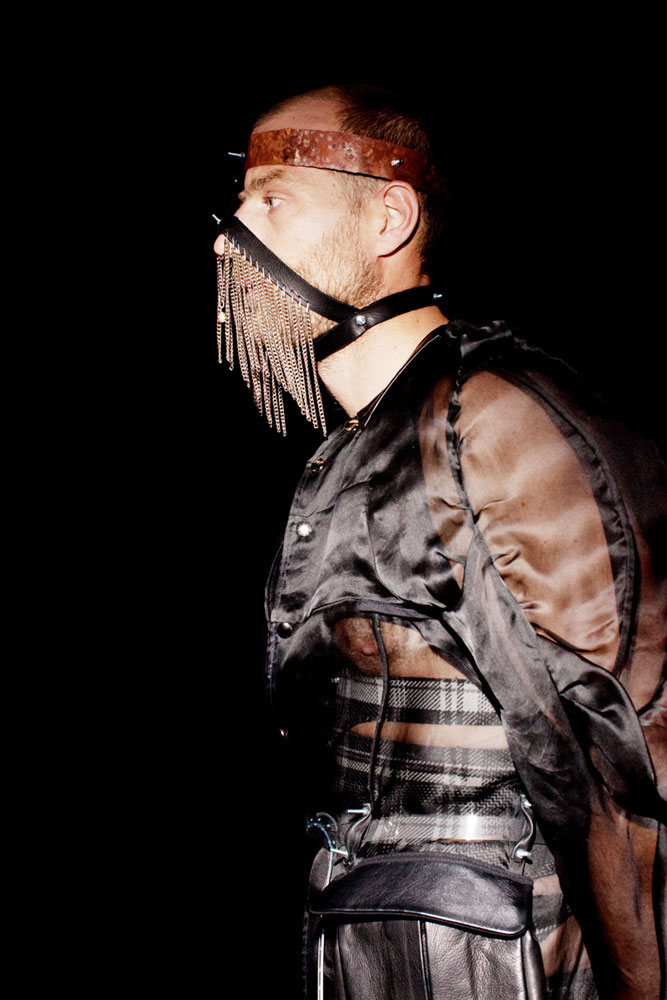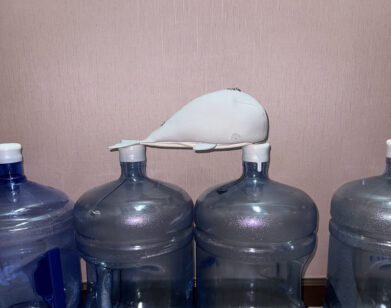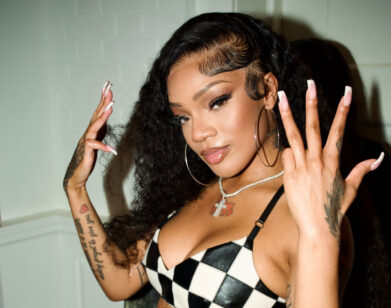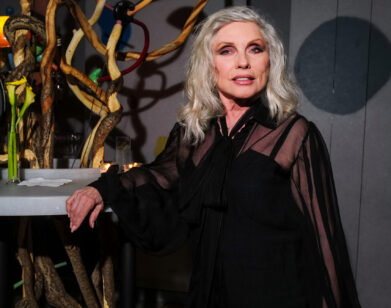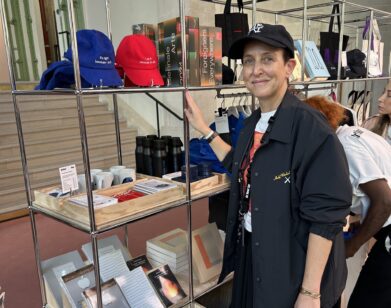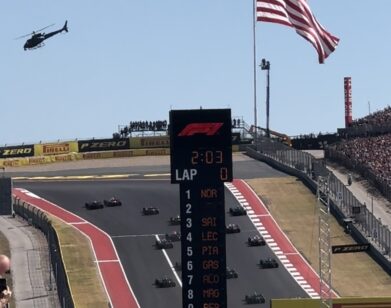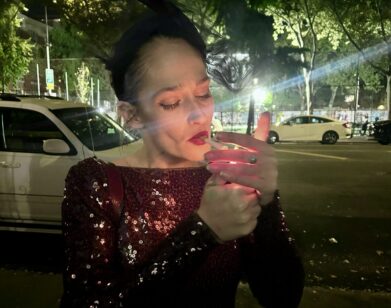Raf Simons Does Jury Duty
Since the mid-1980s the Belgian city of Antwerp has been highlyregarded within fashion circles as an incubator of young talent. Itsreputation has grown ever since the famed “Antwerp Six” designers graduated from the Fashion Department of the Royal Academy of Fine Arts and took their collections to the London market in 1986. Among the six were Dries Van Noten and Ann Demeulemeester, both recognizable names who today run thriving independent fashion businesses based in Antwerp. A third and fourth of the famous sextet were the menswear designer Walter Van Beirendonck and his partner Dirk Van Saene, whose paths led them to success as designers in their own right and as the driving force behind Antwerp’s Fashion Department since 2007. It is that very school that counts designers like Martin Margiela and Veronique Branquinho amongst its alumni—and that rejects thousands of international applicants a year in order to maintain an intimate focus.
The 2012 graduate show last week was graced by the school’s most influential jury in years, in an unprecedented show of support from Belgian expatriates and key international tastemakers. Inevitably, all eyes were on one member, Mr. Simons, who on Friday evening made one of his first public appearances since his appointment as Dior’s creative director in April. Joining him on the panel were both longtime friends and industry heavyweights; from the photographer/stylist duo of Willy Vanderperre and Olivier Rizzo to Chanel’s Beauty director Peter Phillips, Lanvin’s menswear designer Lucas Ossendrijver, Acne Paper‘s Thomas Persson, The Gentlewoman‘s Penny Martin and British shoe designer Nicholas Kirkwood.
Held within a cavernous hangar on the northern docks of Antwerp, the show is an annual institution in the city and open to the public over three nights. Its program showcases designs from the three Bachelor years and the fourth year Master class, from their initial “skirt” toile project through ethnic and historical costumes to coherent collections. “I find it incredible to see the importance of fashion in a small city like Antwerp. Everyone is so proud of the industry. The show has a wild freedom, exploding with ideas,” said Acne’s Thomas Persson of the school’s unique system. The jury’s two-day program takes the panel across Antwerp to observe and critique a series of installations by the Master students in various historical locations. It is there that the students are given the chance to contextualize their work outside of the sterile catwalk format. This year’s setups included showings in the grounds of the stunning Hendrik Conscienceplein library in Antwerp’s old city, and a live strings performance in the 17th-century print museum.
The catwalk show itself was an intense barrage of conflicting ideas. Through the mishmash of cultural clashes and the exaggeration of pop culture, coherent motifs in technique and silhouette still materialized—a sign of the inescapable awareness of young people today. Call it the “Tumblr effect.” Womenswear seemed often inflicted with the “surgical costume” aesthetic of Lady Gaga, whereas menswear collections acknowledged codes of street and institutional uniform or, conversely, a psychedelic backlash to ’90s apathy. This came through in a sort of homage to horror films and video-game culture, with acid pastels paired with faux-fur textures and ingenious use of the digital printing technology across silk and knitwear. Historically, Antwerp designers are known for their deconstruction; and that was certainly present, however, executed with an explosive precision that saw no stringy hems and unfinished seams, but rather razor-sharp transparency and tricky paneling. Elsewhere, novelty abounded in no small dosage, with metallic fabrics, dip-dyed wigs, cigarette tiaras and—of course—men in heels. This and other sexual commentary made for interesting viewing, particularly in the context of male and female designers spinning their various tales. We saw everything from male bondage and humiliation to spangly, plus-sized femme fatales, and wood-carved or 3D-sculpted heels that brought the Chinese lily-foot practice to mind.
Shining lights in the graduate year included Marius Janusauskas, who crafted a soft evening collection dedicated to his sister’s long illness, and Rey Pador, whose male bondage exoskeletons were certainly more dungeon than dance floor. Wali Barrech proposed a sleek body-conscious collection of dresses in nude and holographic cutouts with pointed manga influences, but it was the Swiss designer Manon Kündig who stole the show with her “Bowerbird” collection of bulky menswear shapes realized in acid lace, hand-marbled leather, appliqué fur, and kaleidoscopic silk scarf fabrics. An awards brunch held on Saturday cemented Kündig’s position as favourite, where she took home the highest grade from the jury as well as the institutional prizes from Dries Van Noten and Ann Demeulemeester. MC’d by Walter Van Beirendonck, the reception was held in the verdant gardens of the Royal Academy and drew a crowd of relieved graduates and the fashionable culturati of Antwerp. As the jury left the brunch, Willy Vanderperre turned with a grin and a wave to the master students: “Congratulations, guys, I wish you all the best!” It was a sentiment shared by all, coupled with an air of reverence and respect for the academy. Avant-garde fashion’s hallowed ground, if you will.

